Have you ever wondered what tree frogs eat? These small creatures may not be the first thing on your mind, but they play an important role in our ecosystems. Before we delve into their diet, let’s address a common concern: controlling tree frog populations if they become problematic around your home.
Tree frogs are known for their chirping sounds, which can be soothing to some but bothersome to others, especially at night. The tree frog also enjoys small spiders and even tasty worms. They eat anything they can catch with their super-fast tongues.
So, if you’ve been taught how to get rid of these frogs or want to know what they eat, it is a good idea!
Diverse Diet of The Tree Frog
Tree frogs, often found in warm and rainy areas, have learned to live in many different homes, like jungles and dry places. They can eat other things like bugs, plants, and a mix.
Many tree frogs like to munch on insects, like ants, mosquitoes, and flies. They’re good at catching them because they have sticky tongues and can jump high and see well. But some big tree frogs can even eat small animals, like other frogs and tiny birds.
Insects are Staple
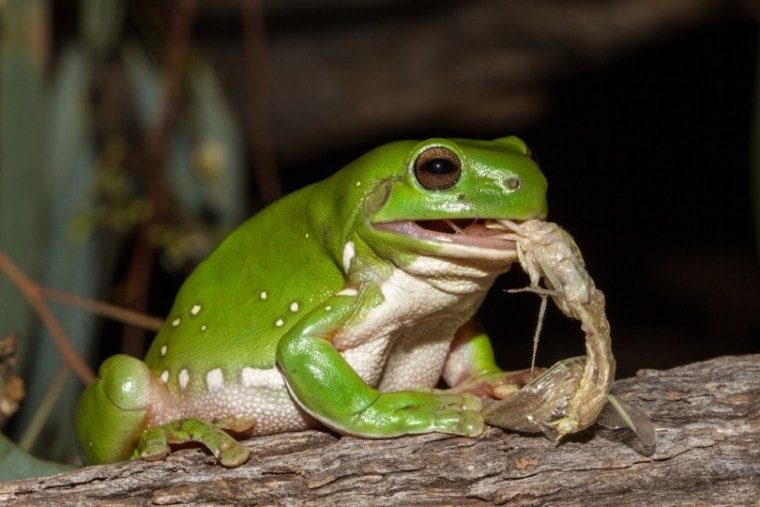
Tree frogs are amazing hunters. They have special adaptations that help them catch insects. One unique thing about them is their toes. Their toes have tiny, sticky stuff called mucous glands. This allows them to stick to leaves, branches, and even glass windows.
They use this to wait for bugs to come close. When a bug gets too close, the tree frog quickly shoots out its long, sticky tongue. Tree frogs also have good eyesight, can hide well, and are active. All of this helps them eat lots of insects.
Beyond Insects: Unconventional Prey
Tree frogs have interesting eating habits apart from sometimes eating unusual things. These cool amphibians mainly use sticky, stretchy tongues to catch or grab flying bugs from plants. Their quick and accurate tongue movements show their awesome hunting skills, often making them sneaky hunters in their green homes.
Tree frogs play an important role in nature by helping control bug numbers, which can help keep the environment healthy. Their food keeps their group going and helps keep a good balance in the food chain. This way, tree frogs indirectly help out many other animals in their neighborhood.
Dietary Adaptations
Tree frogs have also come up with smart ways to find food. One cool thing they do is stay up at night. Tree frogs like to be active when it’s dark outside, and that’s when lots of bugs come out, too. They mostly eat bugs like moths, flies, and crickets, which are most active at night.
Tree frogs also have a neat trick for catching bugs. They sit very still on leaves and branches, blending in with their surroundings. This special way of hunting saves energy and helps them eat many different bugs.
Feeding Behavior
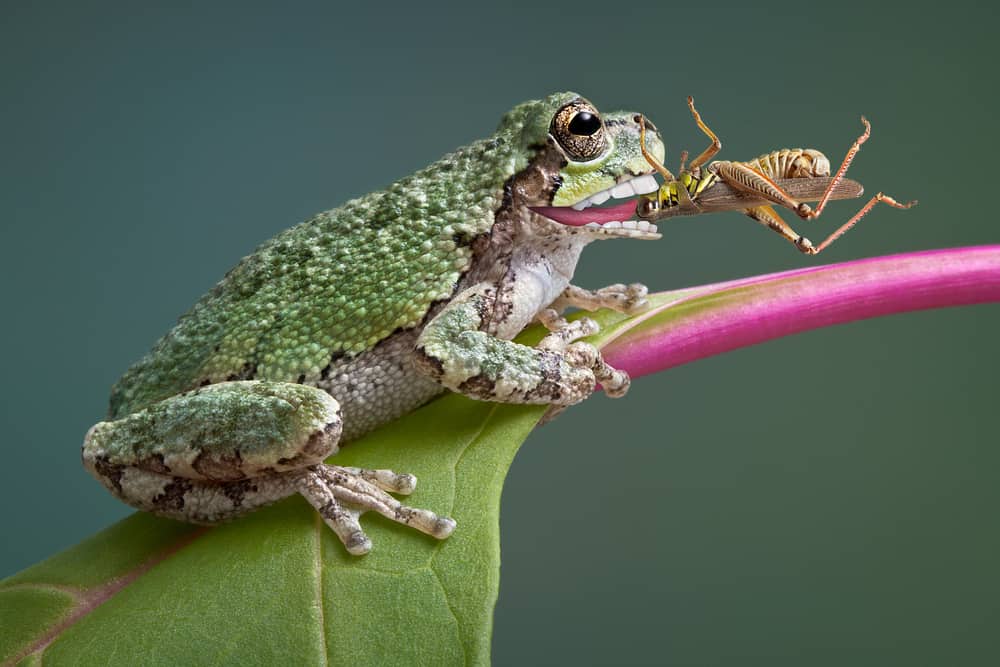
Tree frogs are good at hunting in their environment. They have special things that help them live in their home. Their skin is often slimy, which keeps them wet and helps them breathe through their skin. This is important because they mostly live in trees.
Another cool thing about tree frogs is that they come in many colors and patterns. These colors and patterns are like the things around them. This helps them hide from animals that want to eat them and also makes it easy for them to catch insects to eat. Tree frogs blend in perfectly with the colorful trees in the rainforest.
Seasonal Variations in Diet
Tree frogs have some cool tricks to help them survive in different places worldwide. One of these tricks is changing their color. They use special skin cells called chromatophores, with pigments that can stretch or shrink.
This helps them hide and avoid enemies. This color-changing skill is super important when they’re awake and not sleeping because that’s when they’re more likely to run into trouble.
Human Impact
Human activities like destroying habitats, polluting, and changing the climate can mess up the diets of tree frogs. These actions can make it hard for tree frogs to find enough bugs to eat. Also, the chemicals used in farming to kill bugs can hurt both tree frogs and the bugs they eat, causing their numbers to decrease.
Conservation Efforts
Conservationists are doing different things to protect tree frogs and their homes. They’re keeping the places where tree frogs live safe, reducing pollution, and encouraging farmers to use less harmful bug-killing stuff. These efforts ensure tree frogs have enough food to eat and stay safe.
Conclusion
We’ve learned that tree frogs eat various insects and small creatures to stay healthy and happy. These tiny amphibians have a big appetite for flies, ants, crickets, and even spiders. They use sticky tongues to catch their meals and gobble them up quickly.
Tree frogs are not eaters. They enjoy a buffet of bugs that come their way. This helps them get the nutrition they need to grow in their leafy homes. They’re similar to nature’s security, ensuring insects don’t reach out of hand.




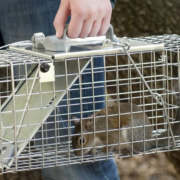


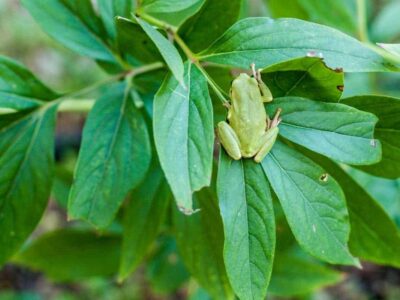

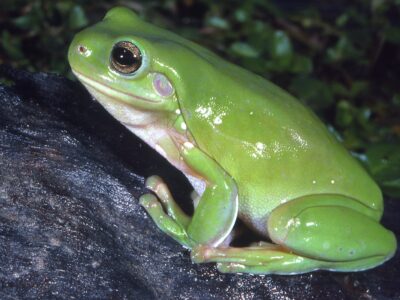
Comments